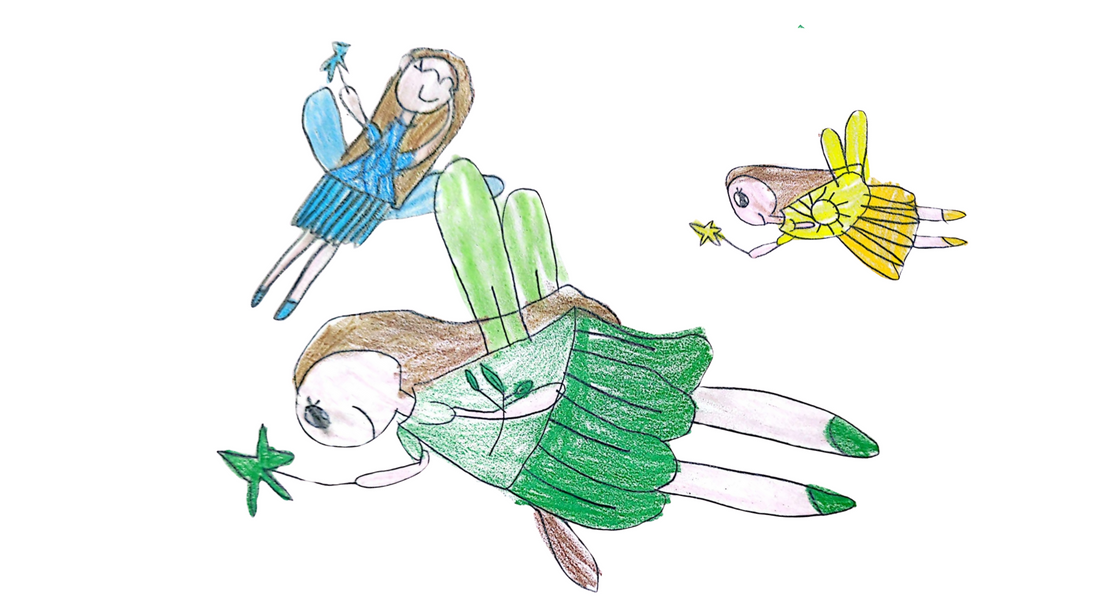Have you ever wondered what is happening inside your children's brains? What happens when they immerse themselves and concentrate on their favorite activity? That's how I fell in love with neuroscience, and I am eager to read everything I find.
Neuroscience shows that play is essential for your child’s brain development, particularly in the early years when their brains are growing rapidly. Play isn’t just about keeping kids entertained!
We will discuss why play is essential for children's development and what happens inside their brains during those playful moments.
1. Play Strengthens Neural Connections
During early childhood, your child’s brain undergoes synaptic growth—a process where new connections, called synapses, are formed. This growth peaks around ages 2-3, making it a critical time for development. When children engage in play, especially imaginative or complex activities, they actively form these new neural pathways.
Every time your child explores a new game, builds a tower, or pretends to be a doctor, their brain is firing on all cylinders, reinforcing these connections. This process, known as synaptogenesis, helps strengthen cognitive functions like memory, attention, and problem-solving. The more they play, the more efficient their brain becomes at navigating these tasks.
Brain Plasticity, or the brain’s ability to adapt and change, also gets a boost through play. Whether it’s trying new physical movements or figuring out how to solve a puzzle, children are continually refining their motor skills, decision-making, and ability to adjust to new challenges.
2. Promoting Executive Functioning Through Play
If you’ve ever watched your child engage in pretend play or role-playing, you’ve likely witnessed the magic of their growing imagination. What you might not see is how these activities are shaping their executive functioning skills—critical cognitive processes that include self-regulation, working memory, and flexible thinking.
For example, in a game of “house,” your child might pretend to be both the parent and the baby, switching roles, following rules, and creating scenarios. This requires cognitive flexibility—the ability to shift between ideas and actions. Research shows that play fosters these essential executive functions, leading to better impulse control and emotional regulation. These skills lay the foundation for future learning, decision-making, and social interaction.
3. Language Development: The Power of Playful Conversations
Play isn’t just physical; it’s also deeply social. Play-based activities that involve conversation stimulate the brain's language centers, specifically Broca’s and Wernicke’s areas, which are responsible for speech production and comprehension.
Whether your child is explaining a game, negotiating rules with a friend, or narrating a story with their toys, these moments are building their vocabulary, sentence structure, and communication skills. Neuroscience reveals that children who engage in rich, interactive play are more likely to develop strong language abilities, which are essential for reading, writing, and academic success later in life.
4. Enhancing Problem-Solving and Creativity
Ever watched your child turn a simple box into a spaceship or a blanket into a magical fort? That’s the prefrontal cortex at work—the part of the brain responsible for planning, decision-making, and logical thinking.
When children engage in imaginative or problem-solving play, they are actively exercising this part of their brain. Building structures, solving puzzles, or creating new worlds helps develop their ability to think critically, innovate, and solve problems. These early play experiences prepare their brains for more complex tasks as they grow.
5. Social and Emotional Development Through Play
Play is also a critical tool for developing emotional intelligence. Social play, in particular, helps children navigate their feelings and the emotions of others. Neuroscience studies show that cooperative play activates the amygdala, the brain’s emotional center, which helps children process emotions like frustration, joy, and empathy.
Moreover, play releases oxytocin, often called the "bonding hormone," which promotes feelings of trust and attachment. This is why you’ll often see children forming close bonds with playmates. Through games, they learn the art of cooperation, sharing, and understanding different perspectives.
6. Motor Skill Development
It’s easy to overlook the physical aspect of play, but every time your child runs, climbs, or handles a toy, they develop essential motor skills. The cerebellum, the part of the brain responsible for coordinating movement, gets a workout during these activities. Whether it’s balancing, jumping, or manipulating small objects, these motor skills are also closely linked to cognitive development.
Children who develop strong motor skills through play are often better equipped to excel in tasks that require concentration and coordination later in life.
The Takeaway: Play Is More Than Just Fun
Play is a natural and powerful catalyst for brain development, particularly in the early years. It strengthens neural connections, enhances language and social skills, fosters creativity, and supports problem-solving abilities. By encouraging intentional play—whether through educational toys, imaginative scenarios, or simple games—you’re allowing your child to thrive not only now but in the years to come.
So, the next time your child is deep in play, remember that they’re not just having fun but also building a more thoughtful, stronger, and more adaptable brain.

